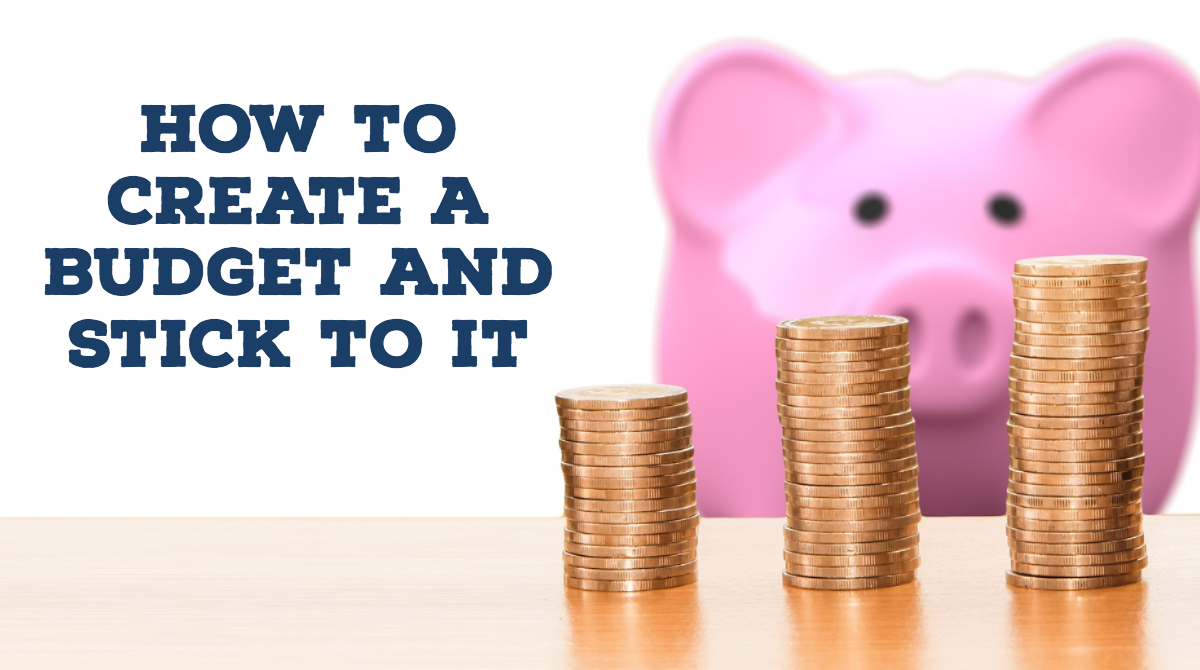When you find yourself with excess money due to the COVID-19 stimulus check, you’re in a good position to put it to good use. Of course, many of us have to use that money to pay for necessities due to being out of work. But for those of us lucky enough to still be working, that extra $1,200 (plus $600 per child) can go a long way.
There’s a chance that Congress passes another stimulus bill that involves a second check. However, there are no reports of any such bill being in the works at the time of writing this article. Still, if it does happen, you can use all of the following tips for any additional influxes of money.
1. Use It to Pay Off Debts
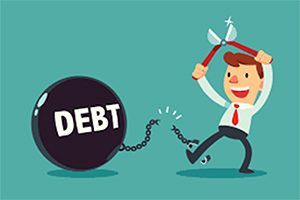
The most obvious use of the stimulus check is to pay off any loans. These can include credit card balances, student loans, mortgage, and so on. But it’s always recommended that you pay off the option that has the highest interest rate first, not necessarily the one that’s closest to being behind you.
For example, it may be tempting to pay off more of the mortgage and leave the credit card bills for later. But if the mortgage interest rate is lower than the credit card’s, you’re better off paying down the credit card bill.
Still, any overdue bills should be prioritized, especially if it involves utilities or rent payments. But if the essentials are out of the way, you can distribute the check accordingly.
2. Put It in a High-Interest Savings Account
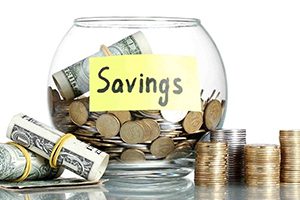
You can find a lot of different high-interest savings accounts online. But make sure to read the fine print before you choose the one you think is best. Terms like, “Up to 5% interest,” likely means that you need a large minimum amount to receive the maximum benefits. In some cases, the minimum could be $10,000. In others, the minimum can be 10 times that.
But a high-interest savings account is the safest way to invest your money. There’s zero risk – the amount in your account will accrue interest based on how much is in there. If you add more, you receive more in interest. And you can withdraw without a fee a handful of times per month.
3. Invest It in Low-Risk Stocks and Bonds
 To see bigger dividends, you’ll need to take on a bit of a risk, but they’re minimal. You can invest your money in an IRA account, which is a popular choice that many uses to save for retirement.
To see bigger dividends, you’ll need to take on a bit of a risk, but they’re minimal. You can invest your money in an IRA account, which is a popular choice that many uses to save for retirement.
You can also more directly control your investment portfolio with preferred stocks that payout fixed amounts every week, another low-risk option. Corporate bonds (4%-5%) can pay out more than Treasury bonds (1%-2%). But make sure you choose a strong company with a long history of good standing.
For more moderate risk, you can look into common stocks that pay dividends. Some companies have a yield as high as 6% or more paid out per payment period, which can be weekly, monthly, or quarterly.
4. Buy a High-Priced Item

You can turn your stimulus check into a product that brings entertainment or convenience value to your home. If you’d been holding off on purchasing the newest TV or smart home product, you can take the unexpected cash and use it for that.
Chances are that whatever you purchase will diminish in value over time. But if you already have a system for saving and investing money that doesn’t require a stimulus check, it’s not a waste of money to indulge.
This is can be especially valuable if you’re spending more time at home. Never discount the long-term effects of self-care, which can greatly reduce stress levels. There’s no shame in looking out for your—and your family’s—happiness.
5. Make A Down Payment
 You may be surprised to learn that now is not a bad time to buy a new home or vehicle. A lot of lenders are even offering special loan discounts, even for those who are currently homeowners. Whether a house or a condo, now may even be the best time to lock down a new piece of property.
You may be surprised to learn that now is not a bad time to buy a new home or vehicle. A lot of lenders are even offering special loan discounts, even for those who are currently homeowners. Whether a house or a condo, now may even be the best time to lock down a new piece of property.
If you add $1,200 to a down payment, it can actually serve to lower your interest rate and shorten the length of your loan. At the very least, it means paying less at a later date when we don’t have a stimulus check coming in.
The stimulus check can also go toward moving expenses, which can add up quickly.
6. Use It to Shop Local

If you’re just looking to enjoy having a bit of extra cash on hand, consider spreading it around your community. Even buying directly from a chain down the street injects money into the local economy more so than buying from the corporate website.
But the biggest impact your money can have on the longevity of your local shops and restaurants is buying from a small business. The money spent is extremely likely to remain local, which can circle back to your business while ensuring your favorite spots remain open.
It’s tempting to simply buy from Amazon. But the benefits of shopping local to the community as a whole is substantial enough to be worth the minimal additional investment.
7. Support Someone Through GoFundMe and Other Channels

If you’re feeling generous, you can pay your money forward in extremely direct and impactful ways. Visit GoFundMe and explore the different causes that you can support. From hospital bills to bail funds to helping workers in industries hit hard by the lockdowns, your generosity can make a huge difference.
You may also see people you follow on social media directing people to specific Cash App and Venmo accounts. This is an even more direct way to help because neither you nor the recipient needs to pay fees.
8. Support Independent Media and Journalism

If you’ve been holding off on getting rid of those paywalls at some of your favorite publications, now may be the time. With the $1,200, you could pay $5 per month for 20 different services, and that’s the high end of the subscription fees.
Another example is premium podcast subscriptions and internet media companies. The folks whose work got you through countless hours of quarantining can use your support to create more content for you to enjoy for years to come.
Consider who you rely on the most for information and entertainment. The easiest way to ensure they continue is by subscribing to their content.
9. Give It to a Charity

The easiest way to help as many people as possible during this time is by donating to a charity. Pick a cause that means something to you, then look up the organizations within that cause. Resources like Charity Navigator help you know that you’re donating to a group that’s above board and transparent about their services.
It’s impossible to truly help others if we haven’t first helped ourselves. But if you feel supported enough to give, now is the time when people need you the most.





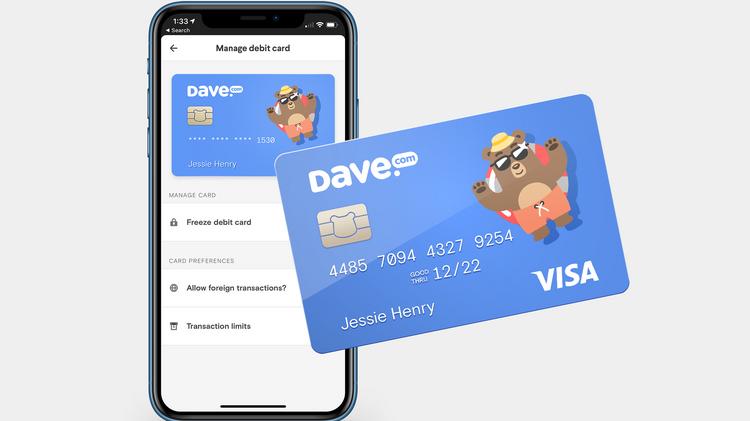 Dave
Dave
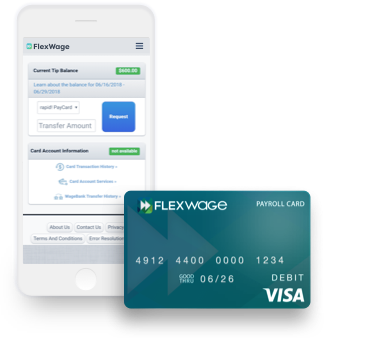 FlexWage
FlexWage
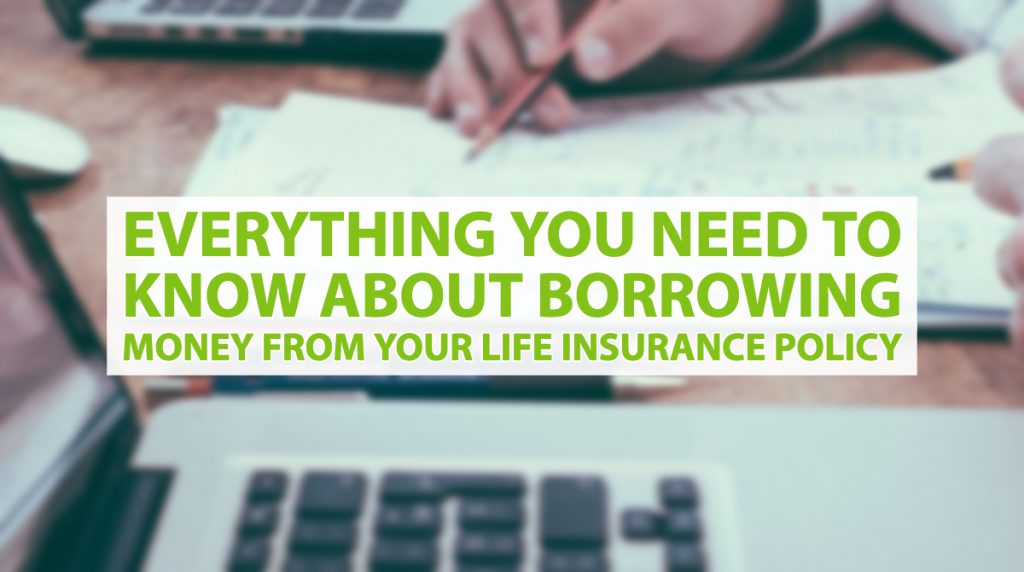
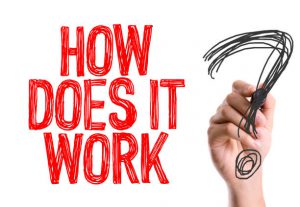 The first thing everyone should know about borrowing money from a life insurance policy: it’s only possible if you have a whole life or universal life policy.
The first thing everyone should know about borrowing money from a life insurance policy: it’s only possible if you have a whole life or universal life policy. While borrowing from a life insurance policy can be a legitimate and useful way to get a loan, there are plenty of pros and cons to weigh before jumping into anything. In addition to asking your insurance rep about what borrowing money will mean for your policy, it’s important to compare the positives and negatives in regards to your specific situation.
While borrowing from a life insurance policy can be a legitimate and useful way to get a loan, there are plenty of pros and cons to weigh before jumping into anything. In addition to asking your insurance rep about what borrowing money will mean for your policy, it’s important to compare the positives and negatives in regards to your specific situation.
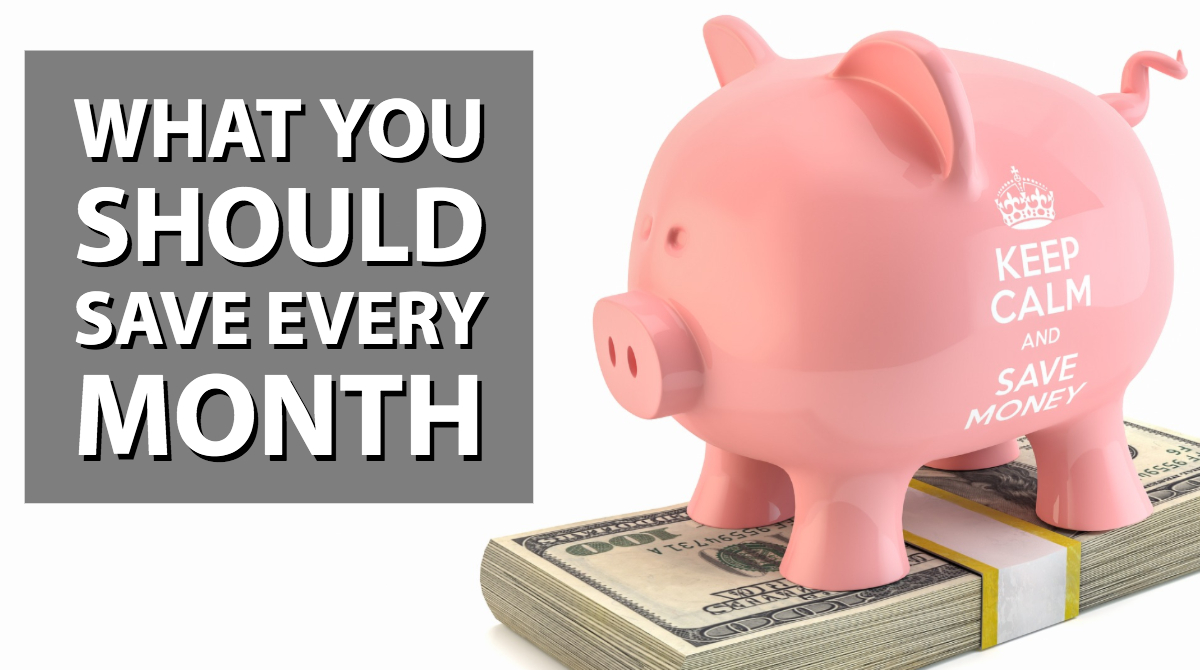

 In a perfect world, you will start saving money from the time you get your first paycheck and continue to save until you retire. However, you need stable financial ground before you start thinking about your future savings. In most cases, this means eliminating debt. Obviously, if you have a mortgage or car payments, these are long-term debts that you can count toward the 50 percent of your income that goes to living expenses. But you need to do your best to eliminate other types of debt, specifically credit card debt, as well as student debt.
In a perfect world, you will start saving money from the time you get your first paycheck and continue to save until you retire. However, you need stable financial ground before you start thinking about your future savings. In most cases, this means eliminating debt. Obviously, if you have a mortgage or car payments, these are long-term debts that you can count toward the 50 percent of your income that goes to living expenses. But you need to do your best to eliminate other types of debt, specifically credit card debt, as well as student debt. For most people, saving 20 percent of every paycheck is unrealistic. It can be just as unrealistic for people in their 20s as it is for people in their 40s. After all, reports from January 2019 indicate that
For most people, saving 20 percent of every paycheck is unrealistic. It can be just as unrealistic for people in their 20s as it is for people in their 40s. After all, reports from January 2019 indicate that  It’s important to keep in mind that there is more than one way to save. For instance, if your employer puts money into a 401(K) for you, that money counts toward the 20 percent in your savings. For those lucky enough to have an employer who matches 401(K) contributions, always do your best to maximize your contributions. If not, look into setting up a traditional IRA. That way, part of your savings goes to your IRA and part goes into a savings account, helping you to strive for that 20 percent figure on multiple fronts.
It’s important to keep in mind that there is more than one way to save. For instance, if your employer puts money into a 401(K) for you, that money counts toward the 20 percent in your savings. For those lucky enough to have an employer who matches 401(K) contributions, always do your best to maximize your contributions. If not, look into setting up a traditional IRA. That way, part of your savings goes to your IRA and part goes into a savings account, helping you to strive for that 20 percent figure on multiple fronts. Perhaps more than anything, it’s important not to become frustrated if you’re not able to save as much as you like or as much as you think you need to. Always remember that anything you put toward your savings should be looked at as a positive. This is why you need to remember that 20 percent is a vague reference point and not something that you should look at mandatory. All you can ask of yourself is that you’re saving what you can. Every little bit you can save now will matter later on in life, and you should never lose sight of that or get discouraged if you’re below the 20 percent threshold.
Perhaps more than anything, it’s important not to become frustrated if you’re not able to save as much as you like or as much as you think you need to. Always remember that anything you put toward your savings should be looked at as a positive. This is why you need to remember that 20 percent is a vague reference point and not something that you should look at mandatory. All you can ask of yourself is that you’re saving what you can. Every little bit you can save now will matter later on in life, and you should never lose sight of that or get discouraged if you’re below the 20 percent threshold. No matter where you are in relation to the 20 percent figure, there are always ways to increase the amount of money you’re able to save. In addition to cutting down on your debt, as mentioned earlier, look for ways to reduce living costs. This doesn’t mean you need to live uncomfortably or have no margin for error in your budget. Rather, look at the 30 percent or so of your income that’s going to discretionary spending and look for ways to cut back. However, this doesn’t mean you shouldn’t treat yourself to things you enjoy, but maybe don’t do it every day.
No matter where you are in relation to the 20 percent figure, there are always ways to increase the amount of money you’re able to save. In addition to cutting down on your debt, as mentioned earlier, look for ways to reduce living costs. This doesn’t mean you need to live uncomfortably or have no margin for error in your budget. Rather, look at the 30 percent or so of your income that’s going to discretionary spending and look for ways to cut back. However, this doesn’t mean you shouldn’t treat yourself to things you enjoy, but maybe don’t do it every day. In the end, all you can do is save as much as possible – that’s within reason for your lifestyle and financial situation. Don’t get caught up in thinking that the 50/30/20 rule is gospel. Remember, 50/30/20 is just an idea, it’s not going to fit everyone. Your financial situation is unique to you, and you shouldn’t cause yourself undue stress just because the 50/30/20 rule doesn’t fit you like a glove. At most, saving 20 percent of your income is a reference point and nothing more. Ultimately, trust yourself to save as much as you can, but always make financial decisions based on your own situation, not a rule that someone made up.
In the end, all you can do is save as much as possible – that’s within reason for your lifestyle and financial situation. Don’t get caught up in thinking that the 50/30/20 rule is gospel. Remember, 50/30/20 is just an idea, it’s not going to fit everyone. Your financial situation is unique to you, and you shouldn’t cause yourself undue stress just because the 50/30/20 rule doesn’t fit you like a glove. At most, saving 20 percent of your income is a reference point and nothing more. Ultimately, trust yourself to save as much as you can, but always make financial decisions based on your own situation, not a rule that someone made up.